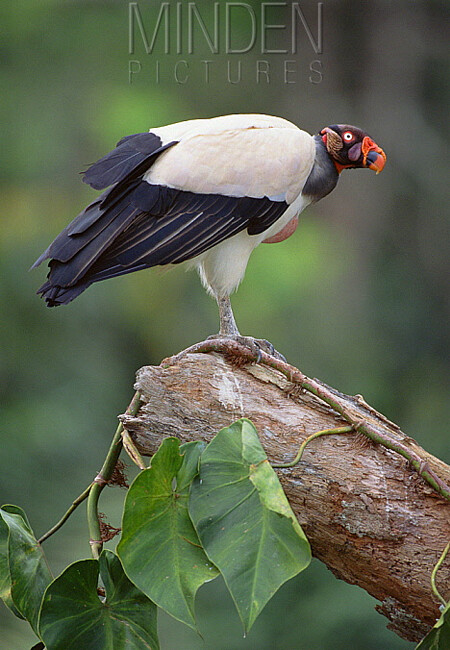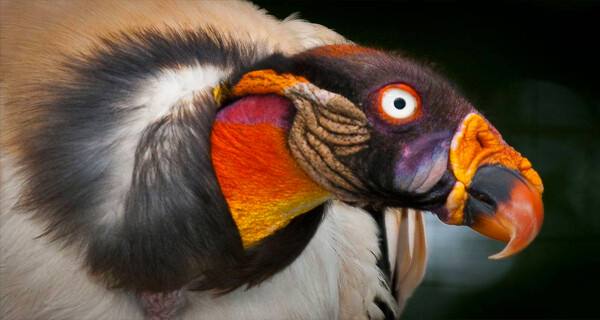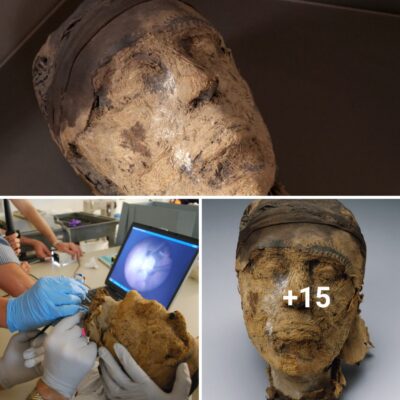In Central and South America, there is a big bird called the king vulture (Sarcoramphus papa). It belongs to the Cathartidae family of vultures from the New World. Primarily found in tropical lowland woods, this vulture may be found from southern Mexico to northern Argentina. Although there are known fossil representatives of the genus Sarcoramphus, it is the only living representative.

The king vulture is a large bird that is mostly white, with gray to black feathers on its ruff, wings, and tail. The skin color ranges from yellow, orange, blue, purple, and red, while the head and neck are bare.

The king vulture has a large, orange fleshy caruncle on its beak that is quite visible. As a scavenger, this vulture frequently makes the first incision into a live cadaver. Smaller New World vulture species are also driven away from a carcass by it. In captivity, king vultures have been known to survive up to 30 years.

The king vulture is the biggest vulture in the New World, excluding the two condor species. Its wingspan is between 1.2 and 2 m, and its entire length ranges from 67 to 81 cm (26 to 32 in) (4–7 ft). It weighs between 2.7 and 4.5 kg (6–10 lb).

The adult king vulture is a large bird with mostly white plumage that has a faint rose-yellow tint. In dramatic contrast, the wing coverts, flight feathers, tail, and noticeable thick neck ruff are all dark grey to black in color.

The skin is reddish-purple on the head, bright orange on the neck, and yellow on the throat, with no feathers on the head or neck. The bird’s head has wrinkled and folded skin, and above its orange and black bill is affixed a highly conspicuous uneven golden crest that takes four years for the bird to fully develop.












